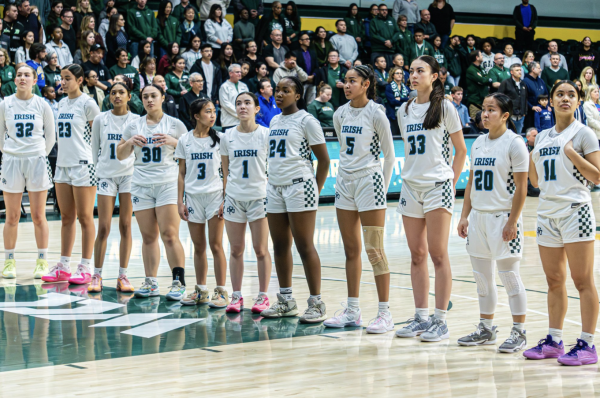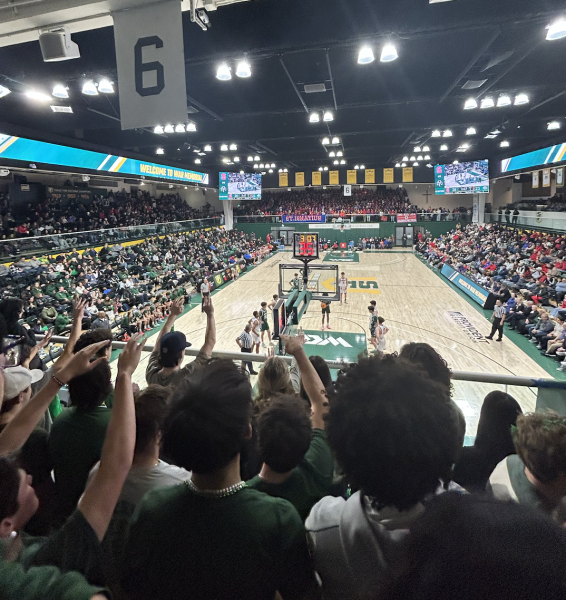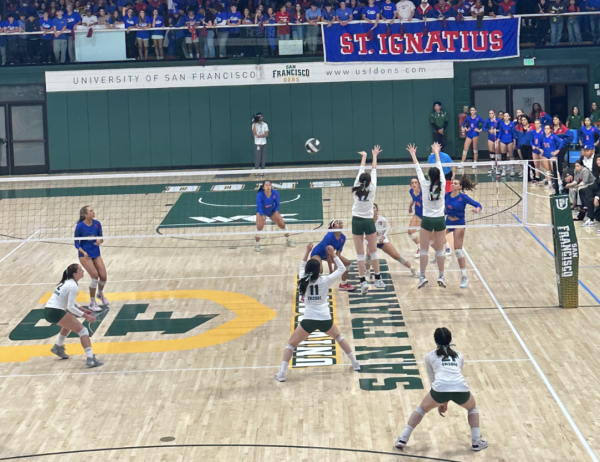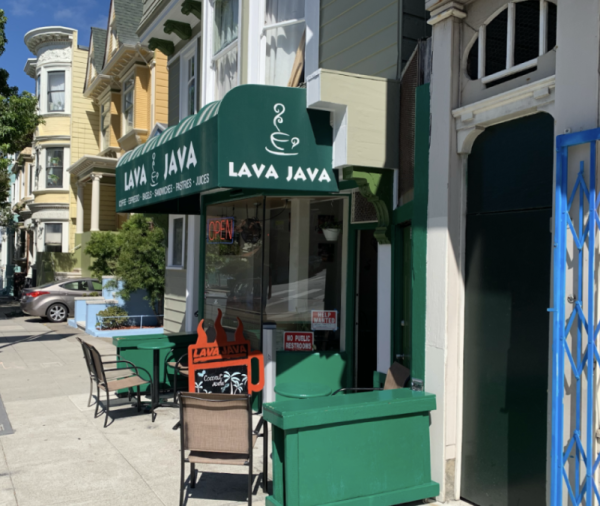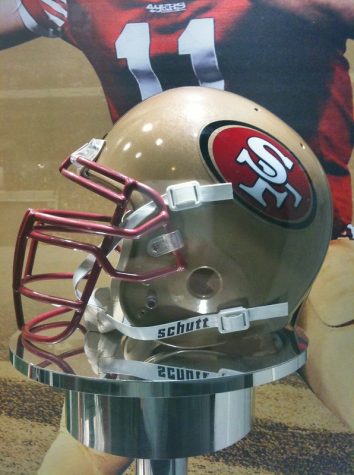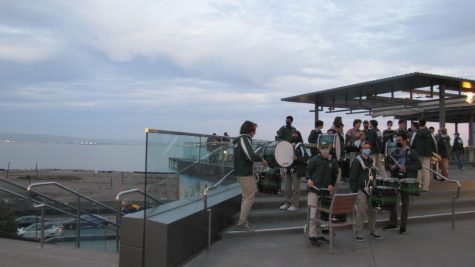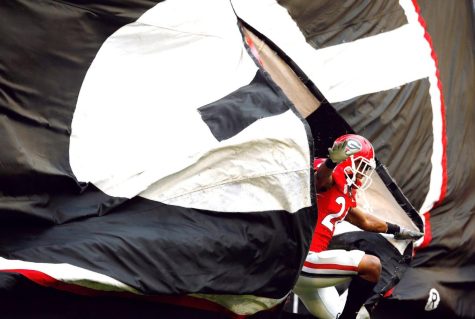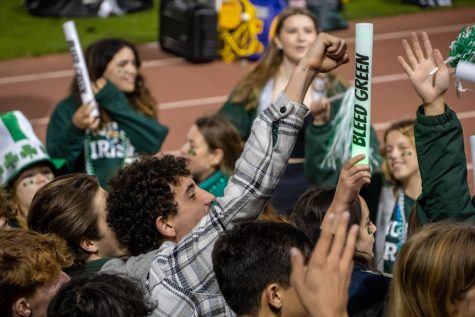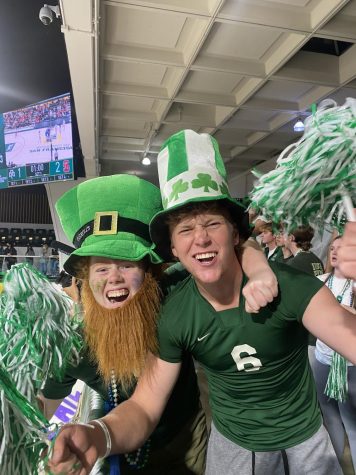Latinos in Baseball: A Golden Age
Baseball has always been a major part of American culture as evident in its nickname, “The American Pastime,” and throughout its evolution, a number of players in the Major Leagues identify both as American and Latino. Today, the number of Latino players in the Major Leagues dominates that of any other minority, a truth that will continue to change the face of baseball as their skills set them apart from other ballplayers.
In a Huffington Post article regarding the prominence of Latino players in the 2013 baseball season, it notes that, “nearly a third of all major league ballplayers were of Latin descent.” This amount of Latin players tends to be overlooked because these types of players have been so well integrated into the baseball system. Currently the Major Leagues consist of players from the Dominican Republic, Venezuela, Cuba, Puerto Rico, Mexico and Nicaragua. Officially, the 2014 opening-day roster contains 214 Latinos on professional teams, an amount which comes second only to 459 white players.
This pattern in which Latin players appear on so many teams lead baseball fanatics like Anthony Salazar, a member of the Society For American Baseball quoted in the Huffington Post article, to believe, “we are currently in the golden age of the Latino impact in organized baseball.” Yet this golden age owes its origin to a popular tradition that began in the 1990s. The Major Leagues procured young, cheap, and desperate youth from poor Latin American countries, which has been a major contributor to the growth of Latinos in professional baseball.
Within the book Away Games, authors Marcos Breton and Jose Luis Villegas claim, “by 1998, Latin America produced roughly 25 percent of the players on major league rosters, half of which came from the Dominican Republic” (36). These poverty stricken Latin countries contained “players born with the perfect combination of qualities desired by the Major League scout – baseball knowhow and a sense of desperation born in horrific poverty, even by Latin American standards”(36).
Today, every ball club in the Major Leagues has scouts in Latin America recruiting cheap and desperate talent where teams can get more bang for their buck.
“Instead of signing 4 American guys at 25 thousands dollars each, you sign 20 Dominican guys at 5 thousand dollars each,” said Dick Balderson, the one-time vice president of the Colorado Rockies.
But while poverty in the Dominican Republic and Latin America has spurred the growth of Latin players from abroad, poverty in African American communities has resulted in the steep decline of black players in the major leagues.
In 2012, a USA Today study found just 8 percent of MLB players were black compared to 20 percent in the 1980s and 1990s. In 1975, it was 27 percent — the number of Latinos in the majors today.
In the meantime, dreams of basketball and football glory have taken over through endorsement deals and commercials and captured the imagination of black youth, according to Bob Kendall, president of the Negro Leagues Baseball Museum in Kansas City, Missouri.
Not only do Latinos make up a number of major league rosters, the elite are often among the best and highest paid players. In 2012 and 2013, Miguel Cabrerra of the Detroit Tigers was the American League’s most valuable player, while Albert Puljols has been named the National League MVP three times.
Baseball has adapted and evolved with the times over the past century. True to its name, the American sport reflects the values of contemporary society, and the growing number of Latinos in baseball uniform is a symbol of the growing power and influence of Latinos in American society today.

